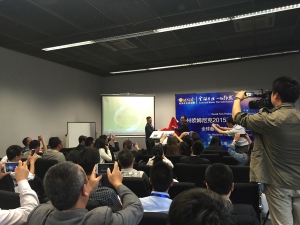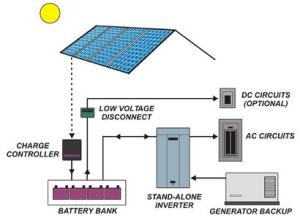
The SNEC PV Power Expo was held from April 28 to 30 in Shanghai, China Thousands of PV industry companies with their own solar products attended the expo. Omnik New Energy from Suzhou, Jiangsu province also appeared at the expo and exhibited its small and light three phase string inverters there for three days.
Omnik is famous for string inverter manufacturing, and so it brought its high efficiency three phase string inverters and and single string phase inverters to the expo, which drew so much attention of the expo visitors. During the three days my colleagues and many customers from home and abroad discussed issues relating to inverters many times, and one customer from India even visited our booth several times to seek a cooperation opportunity.
The inverters brought to the expo were about 10 or so, and the most attractive ones were two: Omniksol-1K/1.5K-M and Omniksol-10K-TL2. The first one is a single phase inverter, while the second one is a three phase inverter. They don’t look special, but they have their special features that are attractive to customers.
Omniksol-1K/1.5K-M is a newly-launched product by the company in 2015. It weighs 5 kg and doesn’t need any transformers as many other inverters need. The highest efficiency of it can even reach up to 95.5% and its MPP tracking accuracy can be as high as 99.9%.
Omniksol-10k-TL2 is also a new product released by the company. This three phase string inverter weighs 22 kg, which is easier to install and transport and can help save cost.
During the three days Omnik also held a product conference to show the two products to customers who came to the expo to collection information and see new PV products. After the three day expo, Omnik’s staff have already established new relations with more customers from home and abroad.






